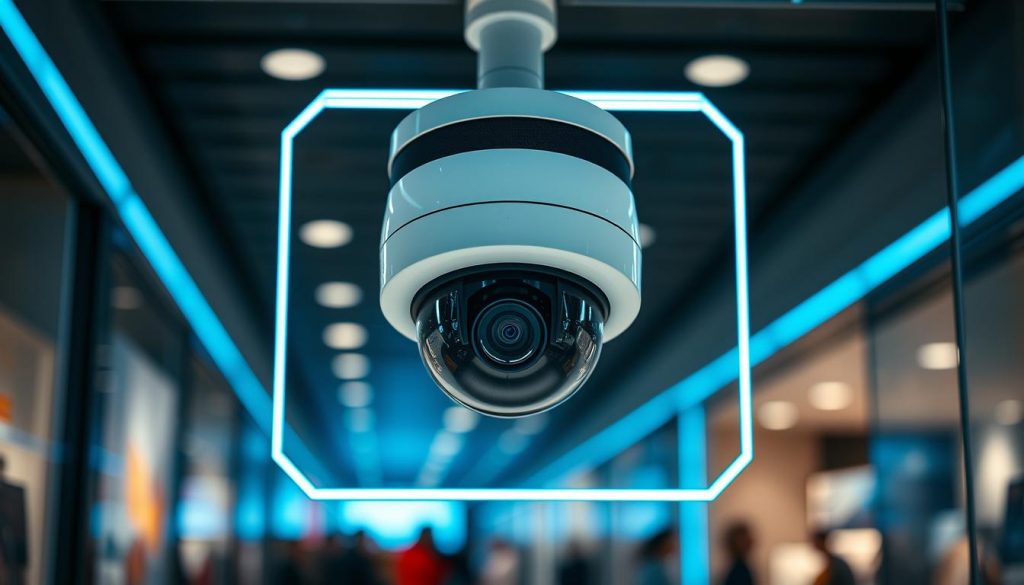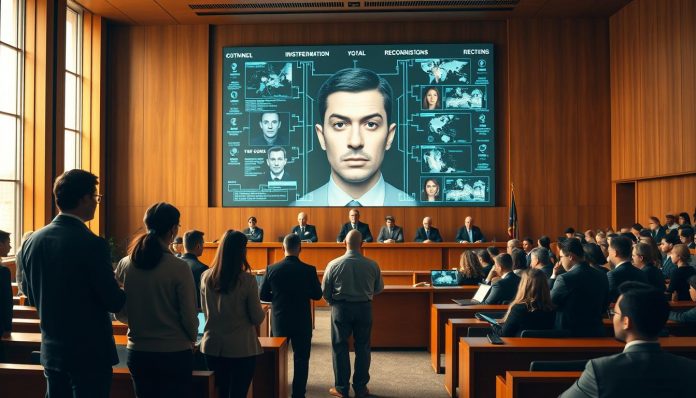More than 500,000 recorded shoplifting offences in England and Wales last year set the scene for a bold security test in UK supermarkets.
The supermarket is running an eight-week trial with Facewatch at two sites: Sydenham and Bath Oldfield. The aim is to identify people linked to violent or theft-related incidents and reduce harm to staff and customers.
Sainsbury’s says records are deleted instantly if the software does not match a reported individual. Alerts come from criminal behaviour submissions by stores and nearby retailers using the Facewatch network.
This move sits within wider UK technology innovation in retail security. The pilot will test whether supermarket facial recognition cameras can cut crime while keeping data handling and customer experience proportionate.
Reactions are mixed: privacy groups call the step chilling, while unions favour an evidence-led approach to protect staff. Outcomes in Sydenham and Bath Oldfield could shape a national rollout to over 1,400 stores and set new sector standards. Read the BBC coverage here.
Key Takeaways
- The pilot runs for eight weeks at two UK locations to test facial recognition for serious incidents.
- Sainsbury’s says unmatched records are deleted instantly and alerts rely on retailer submissions.
- The trial responds to record shoplifting levels and high rates of abuse against staff.
- Facewatch technology aims to balance theft prevention, staff safety and customer experience.
- Results may determine whether the system is rolled out across 1,400+ stores nationwide.
UK retail security at a crossroads: what Sainsbury’s facial recognition trial means right now
A new pilot places AI-driven camera systems into live store environments to test their impact on crime and safety.
The trial brings facial recognition technology into two locations for eight weeks to gather real-world evidence. It aims to spot people linked to theft or violent behaviour and to alert staff quickly.
Where and why: the pilot runs at a Sydenham superstore and Bath Oldfield local. Rising retail crime and frequent incidents against staff this year explain the urgency behind testing this technology.
How it operates in practice
Facewatch compares live images to a submitted watch list and issues alerts when there is a match. Records are deleted instantly if the software does not recognise a reported individual, a key data safeguard.
Who else is involved
Other retailers using recognition technology shops include Home Bargains, Flannels, Costcutter and Sports Direct, showing a wider industry shift.
- Metrics to watch: incidents, bans issued and trends in store safety.
- Scale and stakes: the chain runs over 1,400 stores; a successful trial could influence wider business decisions.
- Scrutiny remains: previous Asda trials drew thousands of complaints and police oversight is expected.
| Aspect | Purpose | Data policy | Potential outcome |
|---|---|---|---|
| Pilot sites | Live evidence on effectiveness | Instant deletion if no match | Inform roll-out decision |
| Technology | Reduce retail crime and abuse | Alerts from retailer submissions | Change in store safety metrics |
| Industry context | Benchmark against other chains | Subject to police and public scrutiny | Influence UK supermarket security measures |
Will Sainsbury’s Facial Recognition Stop Shoplifters? Find Out Now!
A real-time matching process aims to give teams earlier warning about people linked to past incidents.

How the system works
The system flow is straightforward. Cameras capture a face on entry. Facewatch compares that image against a restricted watch list of reported behaviour.
If there is a match, an alert goes to store staff. If not, records are deleted instantly and no alert is issued. This approach limits retention while keeping operational readiness.
Effectiveness signals to watch
- Reduced incidents: fewer thefts and less violence at the store.
- Repeat offenders: fewer returns by people previously linked to incidents.
- Visible deterrence: fewer confrontations and lower abuse rates for staff and customers.
Risk, accuracy and impact
AI shoplifting detection UK raises accuracy concerns. False matches can occur, so human verification is essential to avoid wrongful action.
Bias and fairness must be tackled with clear governance, signage and staff training. Proper protocols help protect rights and keep staff safe.
| Stage | Purpose | safeguard |
|---|---|---|
| Capture | Acquire live image | Limited scope camera placement |
| Compare | Match against watch list | Restricted list; audit trails |
| Alert | Notify staff to manage risk | Human verification and clear protocols |
| Retention | Handle non-matches | Records deleted instantly if no match |
Privacy, policing and business trends: the wider UK technology innovation landscape
Debate over live image matching has put privacy and policing at the centre of the retail security conversation. Campaign groups and regulators warn that use of recognition tools in shops risks being deeply disproportionate and chilling without robust limits.

Legal and ethical scrutiny
Big Brother Watch described the trial as deeply disproportionate and chilling and urged the government must urgently set safeguards to prevent the unchecked spread invasive systems.
“Deployments must be lawful, necessary and proportionate,” said watchdogs noting earlier EHRC findings on bias in police live deployments.
Business trends and sector response
Retailers are piloting recognition technology as part of broader uk technology innovation in retail security.
- Ministers stress retail crime causes real harm and say the government will work with business on lawful solutions.
- Unions point to daily abuse and violence faced by workers and back careful, evidence-led trials.
- Governance—DPIAs, signage, restricted watch lists and deletion policies—will be key to maintaining public trust.
Conclusion
Retail teams will assess whether real-time alerts from a restricted watch list change safety outcomes in stores.
The core question is simple: can a targeted trial reduce retail crime and lower violence in supermarket environments while keeping trust intact?
Early indicators to track include fewer incidents, reduced repeat offending and customer confidence that measures are proportionate.
Safeguards matter: records are deleted if the software does not match reported individuals and the system uses limited watch lists to alert staff rather than broadly monitor people.
The pilot sits alongside other recognition technology shops experiments by Home Bargains, Flannels and Sports Direct. Readers can view more detail in the trial report here.
If results show reduced harm and clear metrics on false alerts, the chain may expand use facial recognition across more stores. Transparency, strong governance and staff protections will decide whether this technology wins public trust.
For more articles on Retail and Ecommerce, please follow the link


